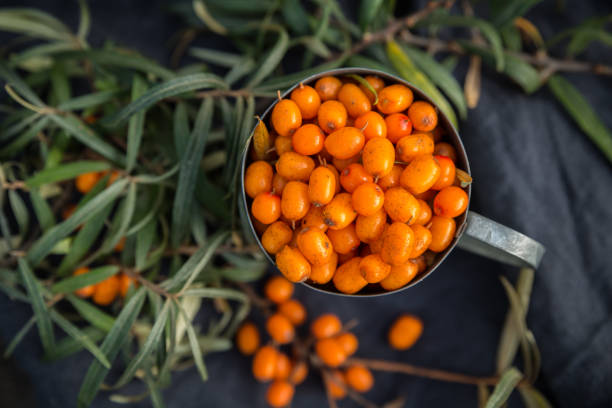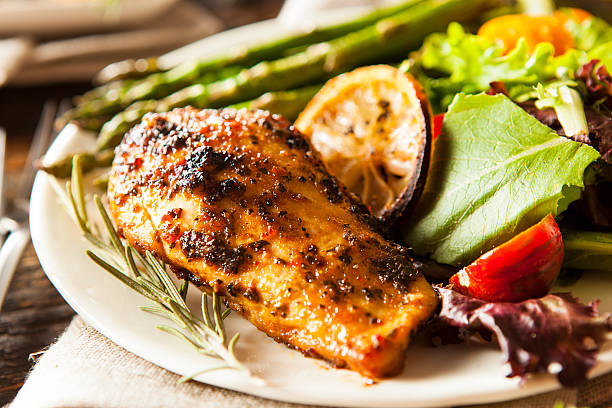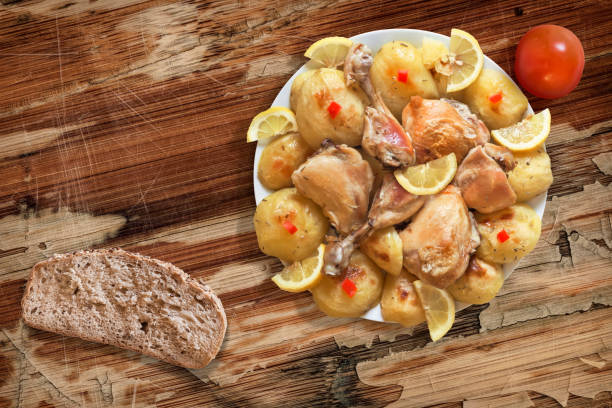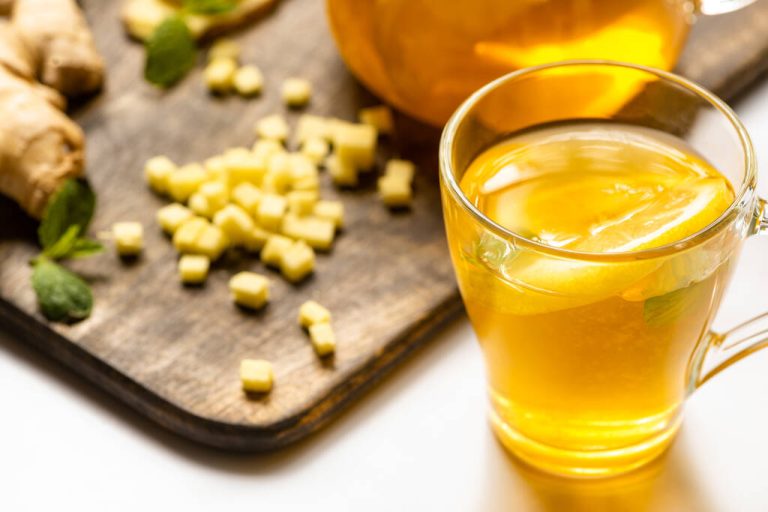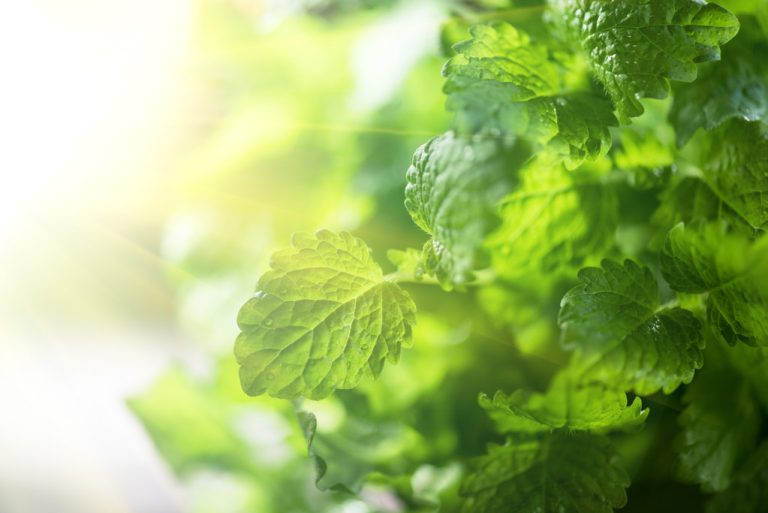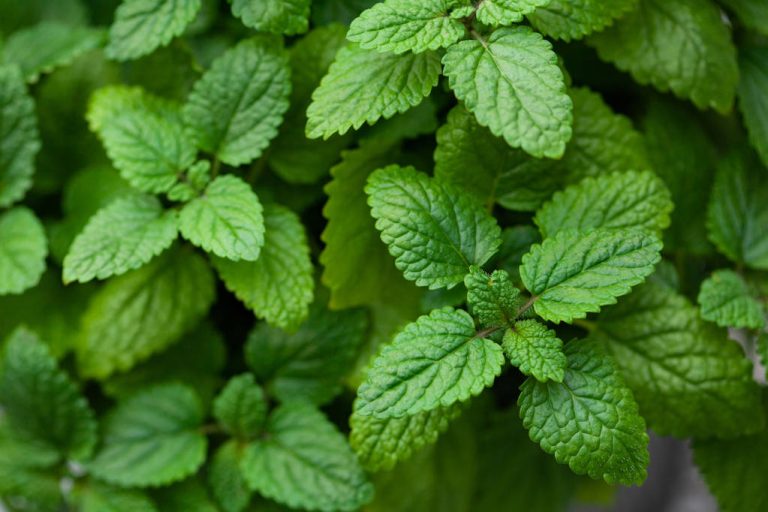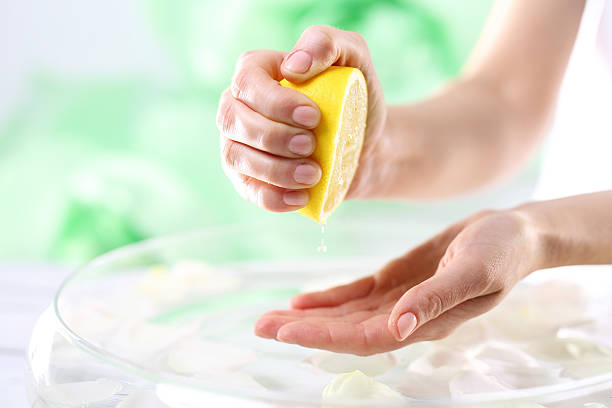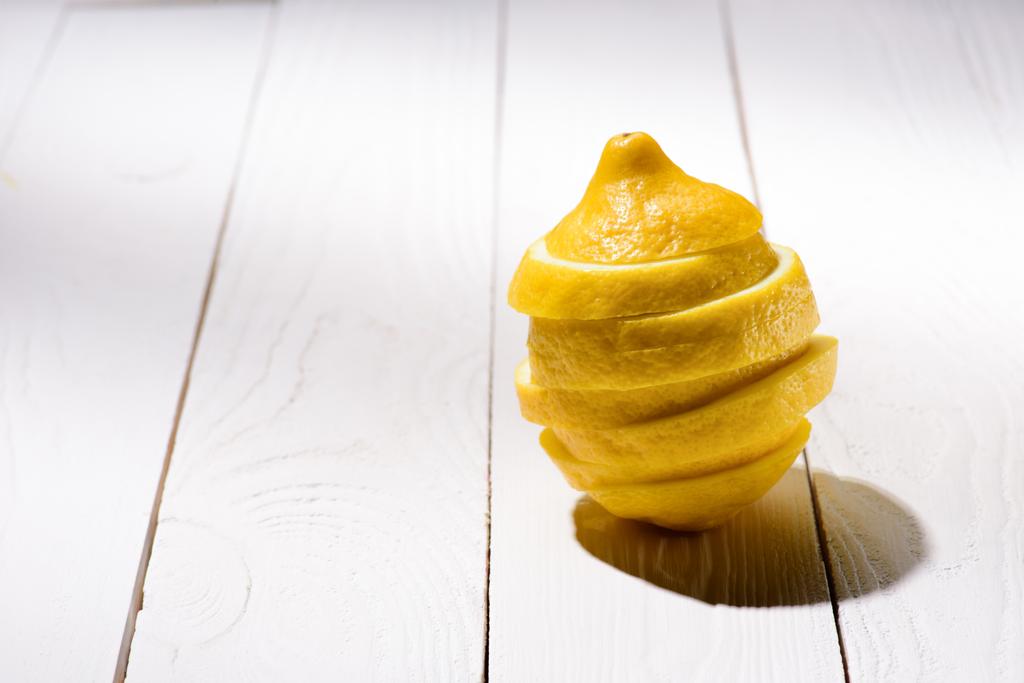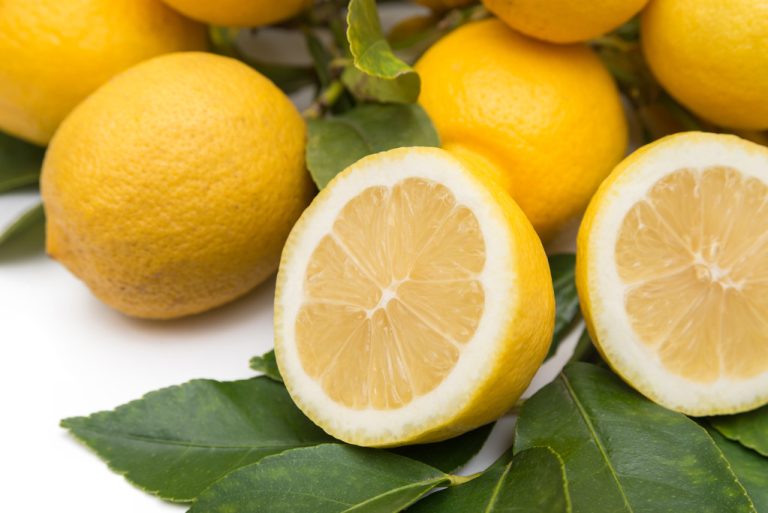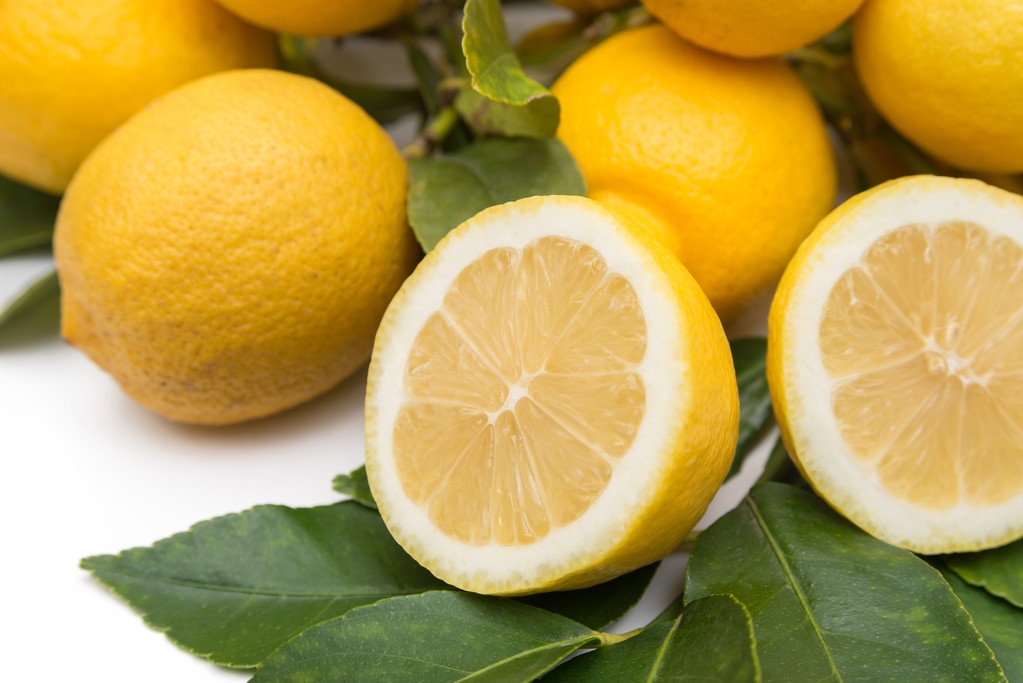Lemon balm is a versatile medicinal herb that can alleviate a variety of ailments. We will show you how to grow lemon balm at home and how you can use it fresh or dried all year round.
Lemon balm has been a popular medicinal herb since ancient times.
calming and anxiolytic,
relaxes the intestines (against flatulence and a feeling of fullness),
against the first signs of cold sores (as a high-dose cream).
Thus, the lemon balm can help against various ailments.

Lemon balm: application and cultivation
You can use the lemon balm in many ways. For example as:
relaxing tea,
refreshing syrup or as
delicious herb in the kitchen.
If you want to grow the plant yourself, you can plant it in a large pot where it can spread well. The lemon balm is a perennial shrub. Once planted, you can harvest the leaves for many years.
The lemon balm…
…likes a sunny spot,
…needs a relatively large amount of water,
…also grows well in a herb spiral,
…needs no fertilizer,
…should overwinter on the windowsill.
In winter, the plant continues to grow slowly on the warm window sill, so that you have something of it all year round.
Cut and propagate lemon balm
When fresh shoots sprout from the lemon balm in the spring, you can cut them back and plant these shoots. For this type of propagation you should only use strong young shoots that serve as cuttings.
How to successfully plant a cutting:
To pull a new plant from the shoot, you only leave the top two leaves on the shoot. Cut off all other leaves. You should use a sharp, clean knife for this.
Put some potting soil in a pot and plant the cutting so that the top two leaves are sticking out.
Place the cutting in a warm place and water it thoroughly.
You can also propagate lemon balm by dividing it. To do this, carefully remove the perennial from the pot and free the roots from the soil. With a sharp, clean knife, cut the root system in two. Make sure each half of the plant has young shoots.
Tip: No matter which method you choose, remember that the plant needs more water than usual, so you should water it more.

Harvest and dry lemon balm
In winter you can still grow the lemon balm on the windowsill. However, it does not grow as quickly in the cold season as it does in summer. Therefore, you can always harvest a few strands to dry in summer and early autumn. From the first rays of sunshine in spring, the plant will thrive again and sprout.
You can use the dried leaves as a relaxing tea or as a culinary herb.
How to dry lemon balm:
First, cut off individual strands from the plant.
Pluck off the lower leaves.
Tie some stems together loosely with a rubber band.
Use string to hang the bouquets upside down in a dark, dry place.
The lemon balm should be dry within two weeks.
Caution: Other recipes recommend drying the lemon balm in the oven. However, this requires leaving the oven door open or preheating the oven and turning it off before adding the leaves. These processes require a lot of energy – that’s why we at Utopia advise you to dry herbs better in the air. If you have a dehydrator, you can use that as well.
The smell of lemon balm changes slightly when you dry the leaves. They no longer smell so strongly of lemon. But don’t worry: If you infuse the leaves as a tea, the typical taste and smell will come back.
After drying, you can store the leaves in a tightly sealed screw-top jar in the cupboard.


